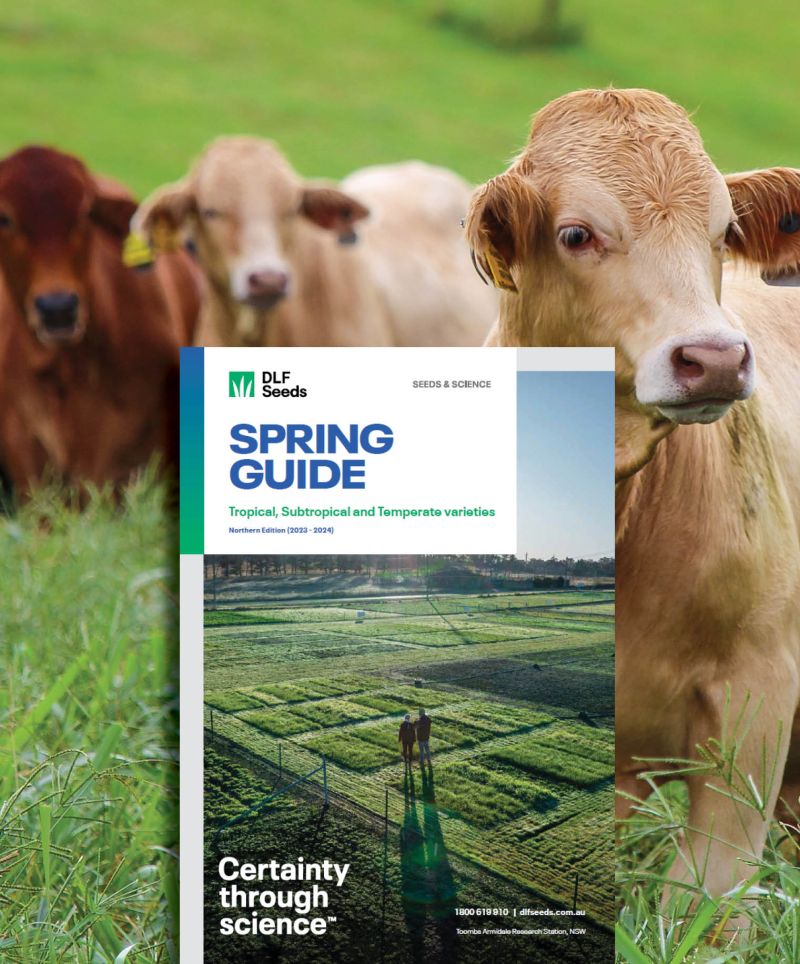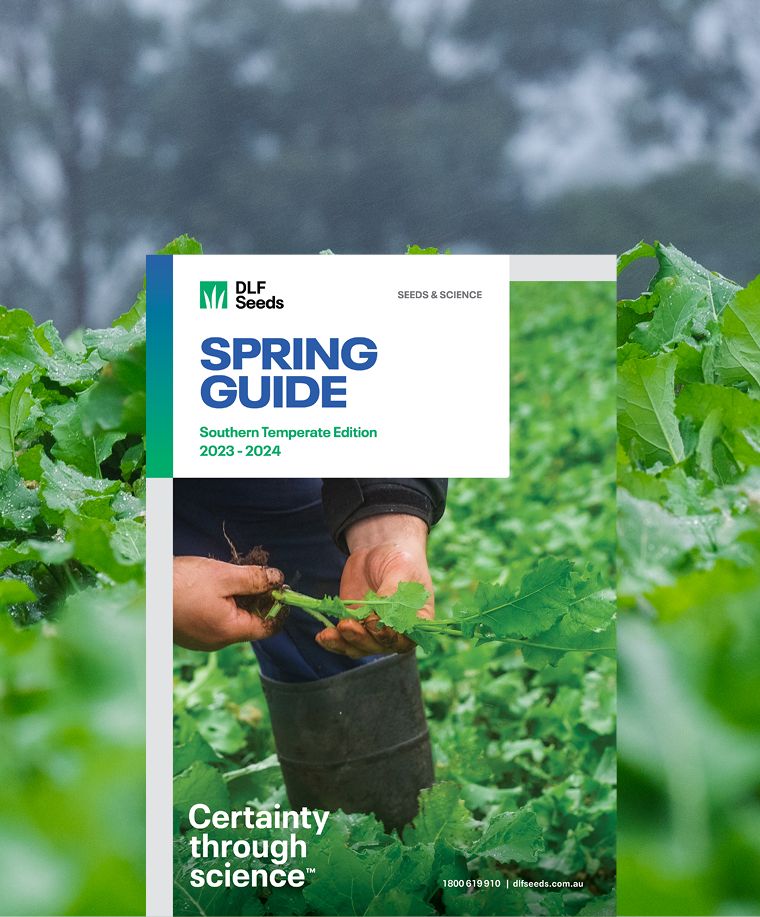Get in Touch
Contact Us
National team

Find Your Local Sales Agronomist
The multi-purpose forage rape that fits a wide range of farm systems. Goliath® establishes strongly from spring/summer/autumn establishment, delivering feed when and where it’s needed. Take advantage of Goliath’s flexibility and superior regrowth potential by grazing once or multiple times. Featuring very good Aphid tolerance, Goliath® will last the distance under challenging conditions, providing stock with quality feed.
Pasture seed sowing rate (sole): 3-5kg/ha
Pasture seed sowing rate (mixed): 1-3kg/ha

Goliath rape, like all forage brassica, is a small seed, so sowing depth and seed to soil contact are critical to the success of establishing a good crop. Sowing depth should be no greater than 10mm with good seed to soil contact to make sure that moisture gets to the seed.
Rolling after sowing or the use of press wheels are recommended as this will give a more even establishing crop of Goliath. Phosphorus is a critical macro nutrient that is needed for the early growth stages of any brassica crop. The best application is to have the fertiliser placed near the seed in the ground. Nitrogen is also an important nutrient at the time of sowing a brassica crop.
Be sure to have a soil test taken prior to sowing any brassica crop because it will indicate the status of not only the macro and micronutrients, but the soil condition and if any corrective measures need to be implemented.
Goliath is a 'giant' type rape and the maturity, as a general rule, is later than that of the intermediate types (Titan) which can be a challenge in some years when rainfall is limited in a dryland situation. However, unlike older varieties of forage rapes where the leaves/leaf margins are required to turn the characterised purple/bronze, Goliath's leaves stay a green colour. Goliath rape should still be grazed at the required grazing period of 90-120 days after sowing to maximise animal performance and limit the possibility of animal health issues whilst grazing the crop.
Animals should never graze an immature rape crop because of potential animal health risks. New generations of forage rape bred by PGG Wrightson Seeds have all, regardless of its parentage, been bred with the grazing animals as part of the breeding programme. This is to ensure that the production benefits of both the Goliath forage rape crop and the grazing animal are achieved.
For maximum regrowth and highest potential yield, rotational grazing rather than set stocking is recommended. Another method is to strip graze the crop, but be sure to use a back fence so that the crop recovery and subsequent regrowth is not compromised. Avoid hard grazing at any stage as this can cause damage to the crown of the plant and therefore affect the potential for regrowth and overall yield.
Feeding a good quality fibre source to all ruminants can aid digestion when utilising high quality feed such as forage brassica. The purpose of the fibre is to encourage the animal to chew. The chewing encourages salivation and saliva is a rich source of sodium bicarbonate which acts as a buffer that helps balance the acids produced during fermentation in the gut. Fibre also helps with firming up liquid dung that is often seen when animals are grazing high quality feed.
Minimum 500mm rainfall per annum unless irrigated
 2024 Product Guide.jpg&Format=jpg&Width=800&Compression=80&Crop=5&DoNotUpscale=True)

